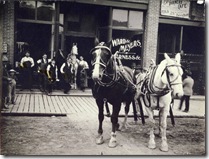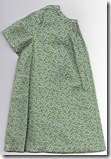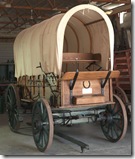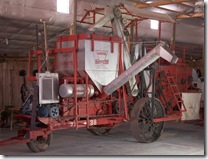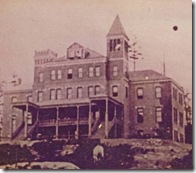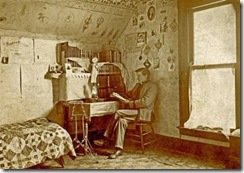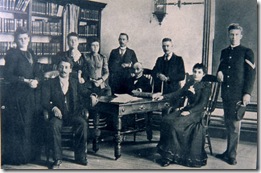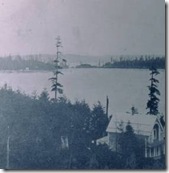 Branded board from the Krouse
Branded board from the KrouseMachine Shop–one of 184
historic, locally-registered brands
in the Pomeroy Heritage Collection.
From the desk of Evan Robb
A new digital collection from the Washington Rural Heritage initiative documents early agricultural technology and domestic life in Washington’s least populous county (Garfield). The Denny Ashby Library in Pomeroy, Washington is kicking off its new project with a sub-collection of materials from its local partner, the Eastern Washington Agricultural Museum (EWAM). Washington Rural Heritage staff helped with imaging of the collection in 2009 and the Denny Ashby Library did a fantastic job of cataloging the items with help from community members and local experts at EWAM.
During our on-location project at EWAM, our hosts frequently demonstrated that expertise–interpreting the objects as we imaged them, pointing out their unique features and explaining how each tells a specific story about life in this part of the state. For example, this wagon had a customized wide rear axle so that it could be used while harvesting wheat on the steep, rugged hillsides of Garfield County. While admiring this horse drawn postal wagon/sleigh with miniature stove, we learned that the postmaster’s winter route sometimes took three days to complete. And as it turned out, the granddaughter of its primary driver lived right in town. She soon arrived on scene and gladly contributed this photo of her grandfather, “Skinny” Trescott, posing next to his mail sleigh.
Our EWAM hosts also half-jokingly mentioned that this 1912 windmill was kind of unique (for any American windmill) simply because there are no bullet holes in its vane. And that the standard line about this reversible plow is that it was for a farmer “who didn’t know whether he was coming or going”. Joking aside, much of the equipment at EWAM has been carefully restored and is still more than serviceable. The museum hosts an annual Spring Farming Days on its grounds where community members are invited to watch land be tilled and planted using horse drawn plows and implements.
The Denny Ashby Library is currently working on a grant-funded project to produce two additional sub-collections. One will document small rural schoolhouses of Garfield County. The other will focus on the Mayview Tramway, a unique method of transporting grain to market prior to railroad development in the region. Keep an eye out for those new collections, which will go live later this summer!






